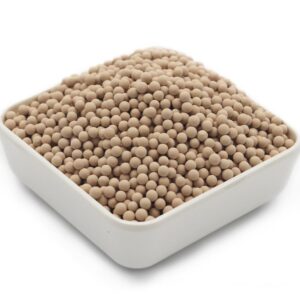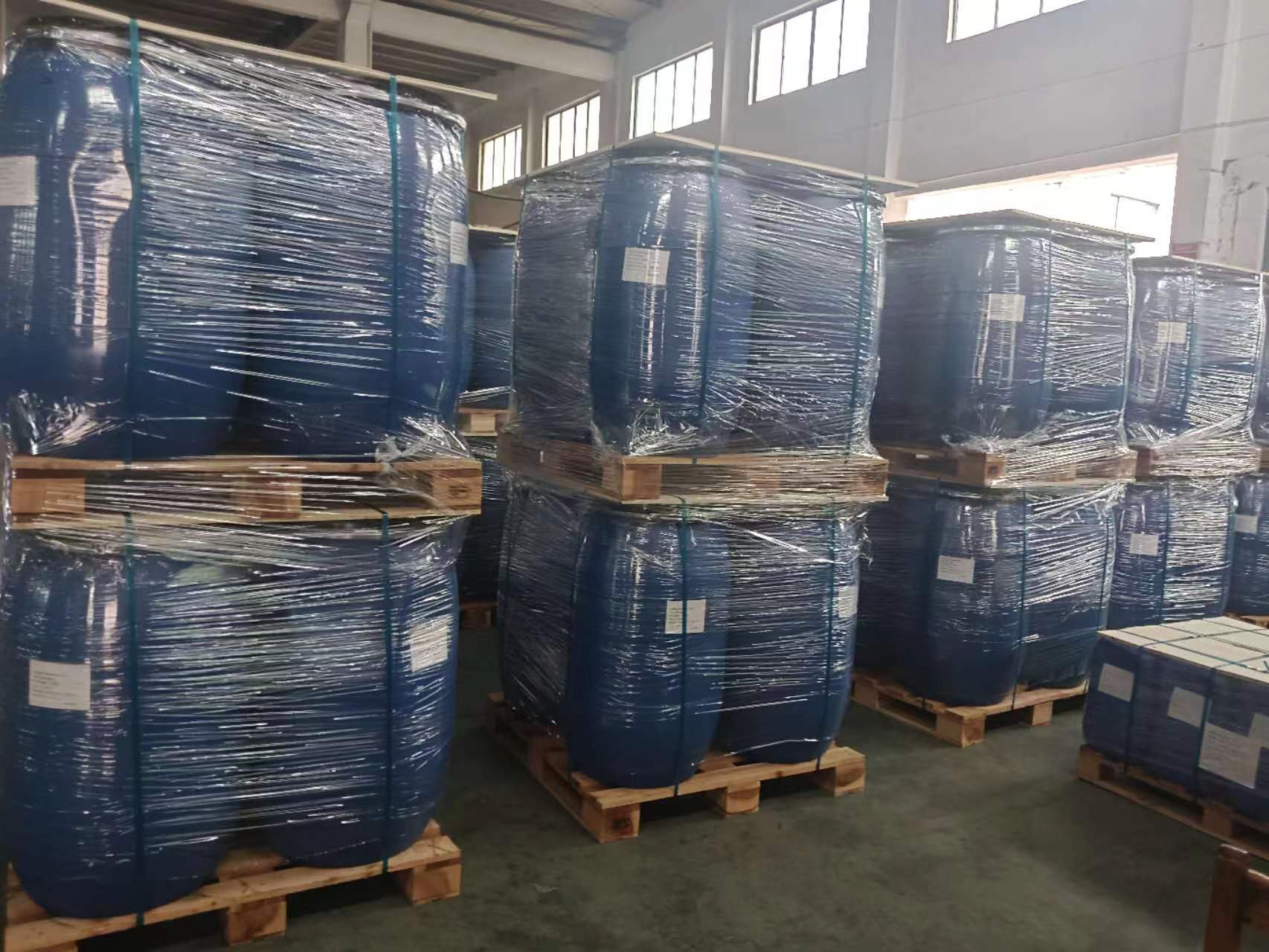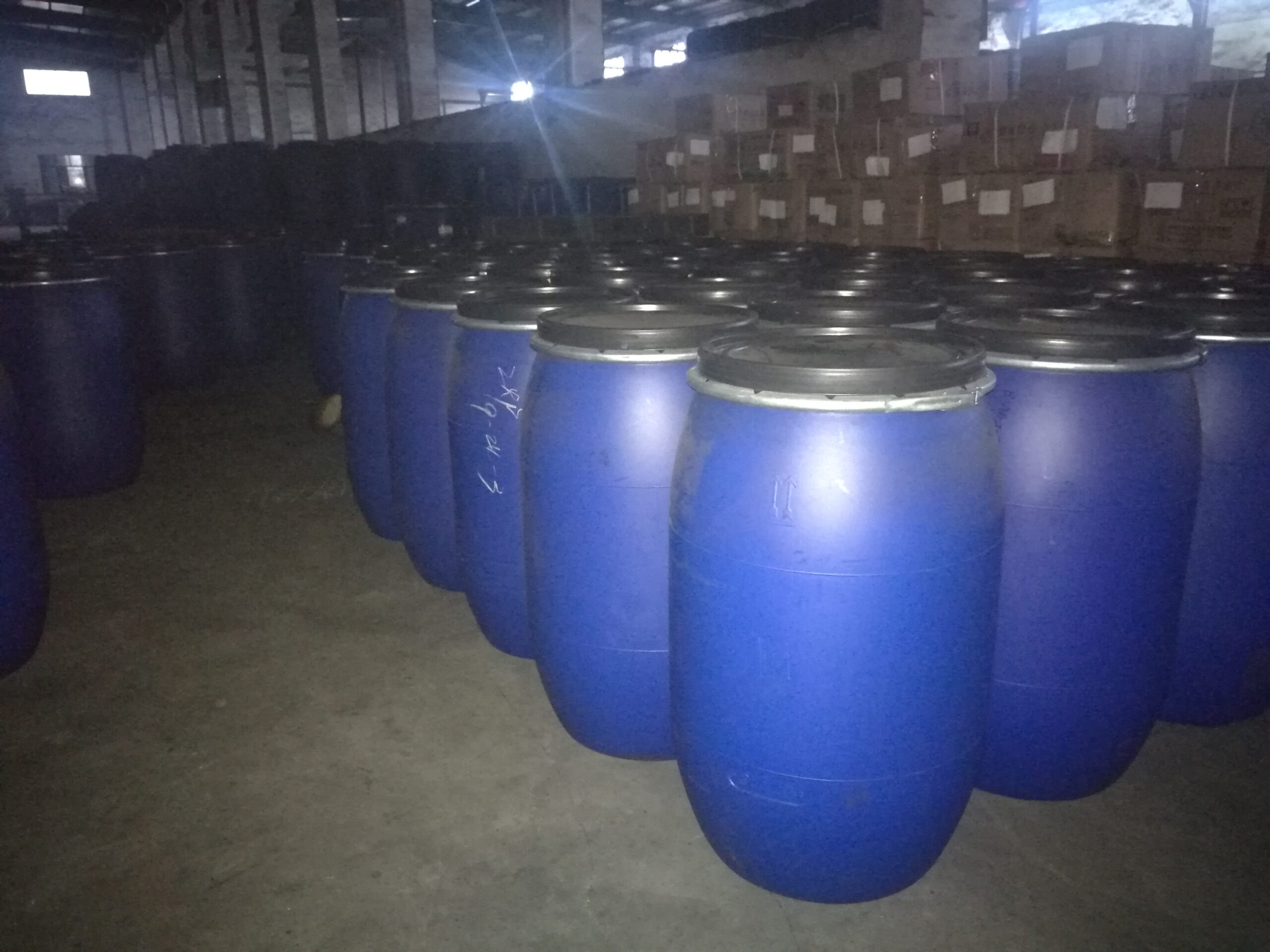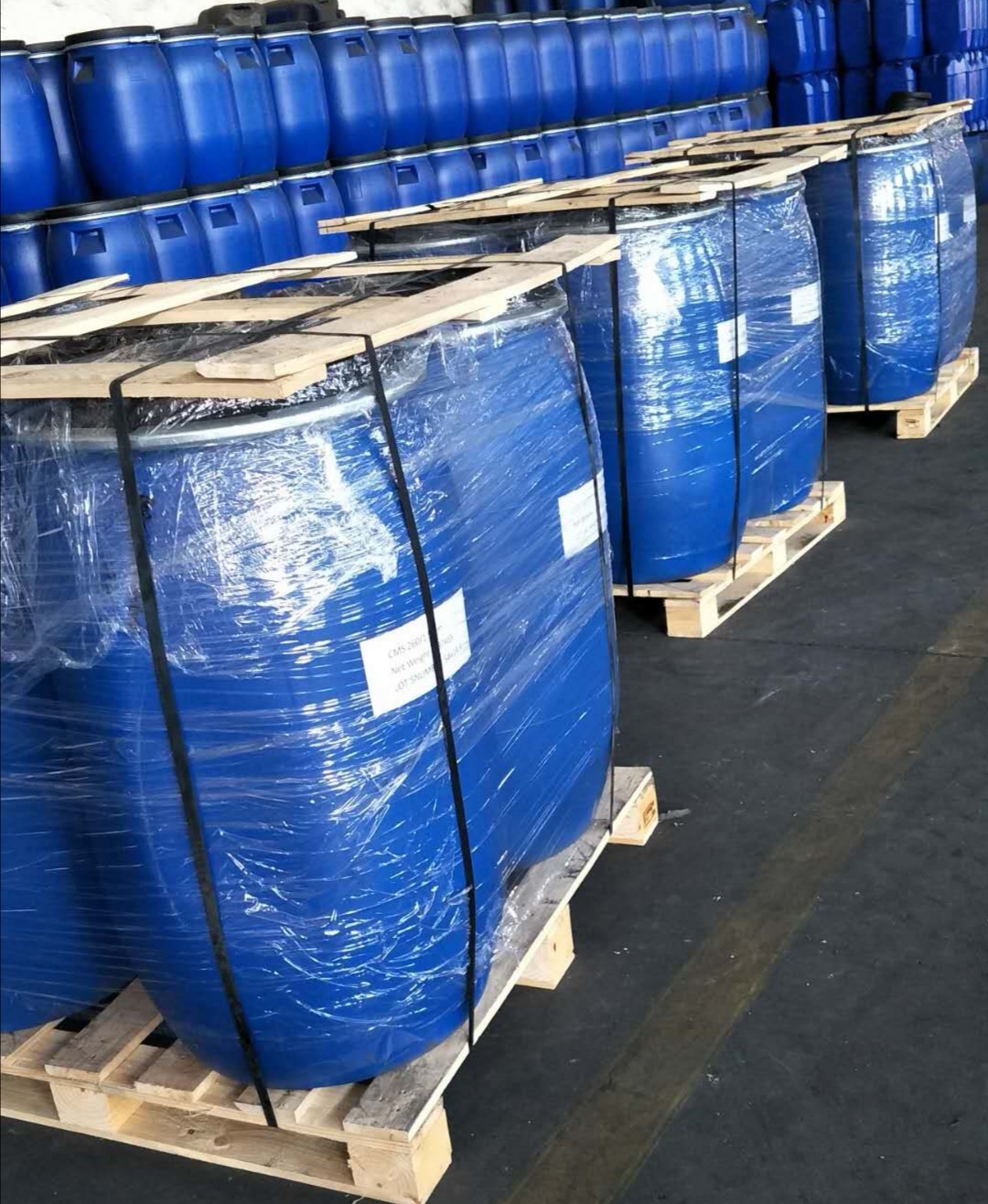How does the 13X molecular sieve undergo desorption?
The desorption process of the molecular sieve refers to the process where, after reaching adsorption saturation, the molecular sieve releases the adsorbed substances (such as water, carbon dioxide, etc.) through specific methods. Desorption is an important step in the recycling of the molecular sieve, and its methods and principles are as follows:

1. Desorption Principle
The desorption of 13X molecular sieve is based on the reverse process of physical adsorption. That is, by changing the adsorption conditions, the molecular sieve releases the adsorbed molecules, including:
Temperature: Increasing the temperature reduces the adsorption capacity (thermal desorption).
Pressure: Reducing the pressure causes the adsorbed molecules to desorb under low pressure (vacuum desorption).
Gas flushing: Using dry or inert gases to replace the adsorbed molecules.
2. Common Desorption Methods
(1) Heating Desorption
Method: Heating the molecular sieve to 200-350°C to utilize high temperature to break the adsorption force between the molecular sieve and the adsorbed molecules.
Application: Often used for desorption of water adsorption.
Advantages: High efficiency, can complete desorption quickly.
(2) Vacuum Desorption
Method: By reducing the pressure, the adsorbed molecules desorb under low pressure conditions.
Application: Often used for recycling in gas separation.
Advantages: No need for high temperature, suitable for desorption of heat-sensitive gases.
(3) Gas Flow Blowing Desorption
Method: Using dry gas or inert gas (such as nitrogen) to blow through the molecular sieve and remove the adsorbed molecules.
Application: Used for handling gas molecules that can be blown off easily.
Advantages: Gentle and efficient, low requirements for equipment.
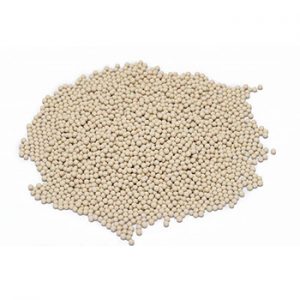
(4) Combined Desorption
Method: Combining heating and vacuum, or heating and gas flow blowing.
Application: Suitable for handling complex adsorbed substances in complex scenarios.
Advantages: Thorough desorption, suitable for large-scale industrial applications.
3. Key Control Parameters of the Desorption Process
Temperature: Low temperature leads to incomplete desorption, while high temperature may damage the molecular sieve structure.
Time: The desorption time should be long enough to ensure complete desorption of the adsorbed substances.
Gas Flow Rate: In gas flow blowing desorption, the gas flow rate needs to be appropriately adjusted to improve efficiency.
Pressure: In vacuum desorption, maintaining a stable low pressure is crucial.
4. Post-Desorption Treatment
After desorption, the molecular sieve needs to be cooled to the working temperature.
Ensure there are no residual substances, otherwise it will affect the adsorption effect in the next round.
When storing, avoid direct exposure to humid air.
5. Desorption in Industrial Equipment
In industrial applications, 13X molecular sieve is usually installed in a dual-tower or multi-tower system, with desorption and adsorption alternating to ensure continuous operation. For example: – In the oxygen production system, one tower adsorbs nitrogen from the air, and the other tower releases the nitrogen through vacuum desorption.
